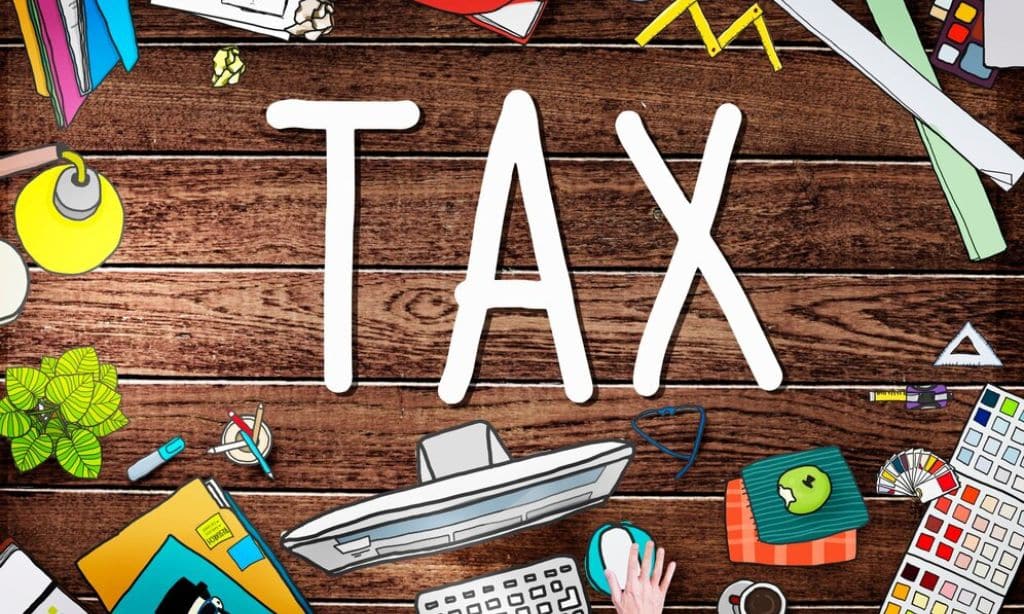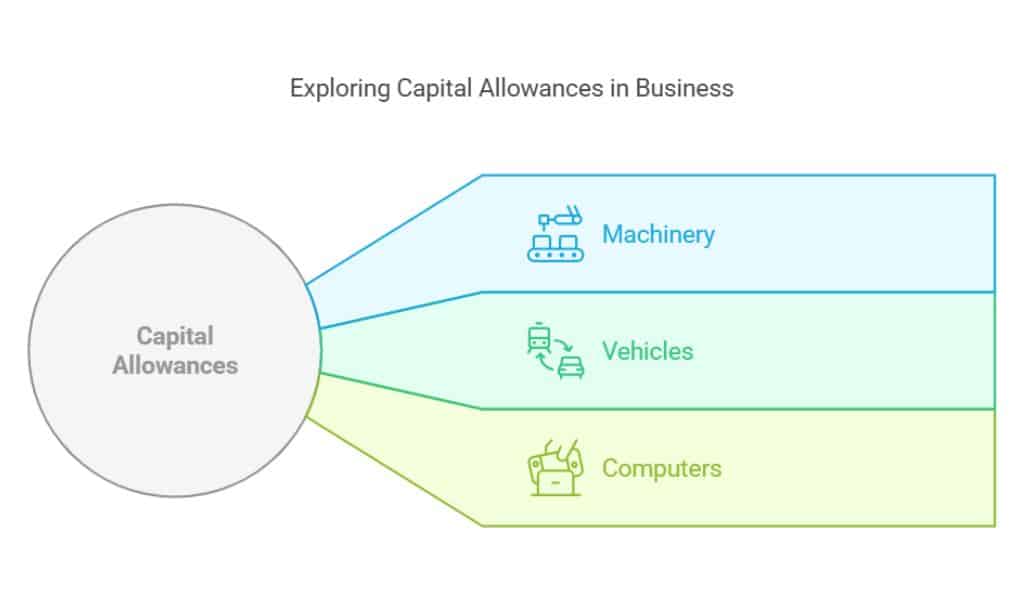Tax planning plays a vital role in financial management, and understanding deductions is key to optimizing your savings. As tax laws in the UK continue to evolve, staying updated is crucial for individuals and businesses alike.
This guide explores the top 15 tax deductions for 2024 in UK, offering practical insights to help you minimize your tax burden and maximize your returns.
Understanding Tax Deductions in the UK
Tax deductions reduce your taxable income, lowering the amount of tax you owe. They apply to specific expenses incurred during the tax year, ensuring that taxpayers only pay tax on their adjusted income.
By claiming these deductions, you can save money legally while staying compliant with UK tax regulations. Understanding which deductions apply to your circumstances is key to effective financial planning.
Key Changes to UK Tax Deductions for 2024
For 2024, several updates have been made to existing tax policies. Notable changes include adjustments to personal allowance thresholds and expanded eligibility for certain deductions.
For example, the government has streamlined processes for claiming work-from-home expenses, reflecting the ongoing shift to hybrid working environments. Staying informed about these changes can help you leverage the top 15 tax deductions for 2024 in UK effectively.
The Top 15 Tax Deductions for 2024 in UK
1. Personal Allowance Adjustments
Personal allowance refers to the amount of income you can earn tax-free each year. For 2024, the standard personal allowance remains £12,570, but adjustments based on income levels and circumstances can affect this amount. If your income exceeds £100,000, the allowance reduces by £1 for every £2 above the threshold, resulting in no allowance for those earning over £125,140.
- Key Details:
| Personal Allowance | Threshold | Reduction Rate |
| £12,570 | Below £100,000 | Full Allowance |
| Reduced | £100,000 to £125,140 | £1 for every £2 |
- Example: A person earning £110,000 would lose £5,000 of their allowance, leaving them with only £7,570 tax-free income.
- Tip: Monitor income thresholds to ensure accurate tax planning and explore ways to reduce taxable income, such as pension contributions.
2. Pension Contributions
Pension contributions are a powerful way to reduce your taxable income. Contributions to workplace or personal pensions receive tax relief at your marginal rate, which means the government effectively adds money to your pension pot.
- Key Details:
| Contribution Type | Tax Relief Rate | Annual Allowance |
| Workplace Pension | Based on marginal rate | £60,000 |
| Personal Pension | Based on marginal rate | £60,000 |
- Employer Contributions: Contributions made by your employer are tax-efficient and often matched, doubling the benefit.
- Example: A basic-rate taxpayer contributing £100 will only pay £80 out of pocket, as £20 is covered by tax relief.
- Tip: Maximize contributions to your annual limit to take full advantage of tax benefits.
3. Charitable Donations
Donations made under the Gift Aid scheme allow charities to claim 25% extra on your donation, and higher-rate taxpayers can claim additional relief on their self-assessment tax return. This makes giving to charity not only fulfilling but also financially rewarding.
- Key Details:
| Donation Amount | Charity’s Benefit | Higher Rate Relief |
| £100 | £125 | Additional £25 |
- Eligible Contributions: Include monetary gifts, assets, and stocks.
- Example: If a higher-rate taxpayer donates £100, they can claim back an additional £25 on their tax return.
- Tip: Keep receipts and Gift Aid declarations for accurate record-keeping.
4. Childcare Costs
The government’s Tax-Free Childcare scheme provides up to £2,000 annually per child under 12, reducing childcare expenses effectively. Parents can save 20% on childcare costs by paying through the scheme.
- Key Details:
| Child’s Age | Annual Savings | Eligibility |
| Under 12 | Up to £2,000 | Working parents |
- Eligibility: Parents earning less than £100,000 annually and working at least 16 hours per week qualify.
- Tip: Use online calculators to estimate savings based on your childcare expenses.
5. Mortgage Interest Relief for Landlords
While mortgage interest relief has been scaled back, landlords can still claim a basic rate (20%) tax credit on finance costs. This applies to mortgage interest, arrangement fees, and related expenses.
- Key Details:
| Expense Type | Relief Rate | Eligible Group |
| Mortgage Interest | 20% | Landlords |
- Example: A landlord paying £10,000 in interest can claim £2,000 in tax relief.
- Tip: Consider restructuring loans or expenses to optimize deductions.
6. Work-From-Home Expenses
Remote workers can claim tax relief for additional household costs incurred while working from home. The standard rate is £6 per week without evidence or higher amounts with receipts.
- Key Details:
| Expense Type | Standard Rate | Claim Limit |
| Utility Bills | £6 per week | Higher with receipts |
- Examples: Eligible expenses include energy bills, broadband, and phone usage.
- Tip: Maintain detailed records of costs to maximize claims.
7. Mileage and Travel Expenses
If you use your vehicle for business purposes, you can claim mileage at HMRC-approved rates. Travel to temporary workplaces also qualifies for deductions.
- Key Details:
| Mileage | Rate (First 10,000 miles) | Rate (After 10,000 miles) |
| Business Travel | 45p/mile | 25p/mile |
- Example: Traveling 5,000 miles for business yields £2,250 in deductions.
- Tip: Use apps or logs to track mileage accurately.
8. Capital Allowances for Business Owners
Capital allowances allow businesses to claim tax relief on equipment and assets used for operations, such as machinery, vehicles, and computers.
- Key Details:
| Allowance Type | Annual Limit | Eligible Assets |
| Annual Investment Allowance (AIA) | Up to £1,000,000 | Equipment, machinery |
- Example: Purchasing a machine for £50,000 allows you to claim the full amount in deductions.
- Tip: Prioritize purchasing assets before the tax year ends to claim immediate relief.
9. Self-Employment Tax Relief
Self-employed individuals can deduct expenses directly related to their business activities. This deduction ensures that you only pay tax on the profit generated by your business.
- Key Details:
| Expense Type | Eligibility | Examples |
| Office Supplies | Fully deductible | Stationery, furniture |
| Travel Expenses | Business-related travel | Fuel, train tickets |
- Example: If you spend £5,000 on business-related expenses and earn £30,000, you only pay tax on £25,000.
- Tip: Maintain detailed records and receipts to avoid disputes with HMRC.
10. Student Loan Repayments
Taxpayers repaying student loans can adjust their deductions based on their repayment threshold. This ensures you only repay when your income exceeds the set limit.
- Key Details:
| Plan Type | Threshold | Repayment Rate |
| Plan 1 | £22,015/year | 9% above threshold |
| Plan 2 | £27,295/year | 9% above threshold |
- Example: Earning £30,000 on Plan 2 means repaying £243 annually (9% of £2,705).
- Tip: Check your plan type to calculate repayments accurately.
11. Medical Expenses
While the UK doesn’t offer broad deductions for medical expenses, specific costs for disabled individuals may qualify for tax relief.
- Key Details:
| Expense Type | Eligibility | Examples |
| Mobility Aids | Disabled individuals | Wheelchairs, ramps |
| Home Modifications | Necessary for disability | Stairlifts, grab bars |
- Example: Installing a ramp costing £1,000 could qualify for tax relief, reducing the expense.
- Tip: Ensure documentation specifies medical necessity to qualify.
12. Education and Training Costs
Tax-deductible professional training can help enhance skills while reducing taxable income.
- Key Details:
| Expense Type | Eligibility | Examples |
| Training Courses | Job-related training | Certifications, CPD |
| Tuition Fees | Necessary for work | Vocational courses |
- Example: A professional development course costing £2,000 could reduce your taxable income by the same amount.
- Tip: Ensure courses are directly related to your employment or self-employment.
13. Property Repairs and Maintenance for Landlords
Landlords can deduct repair and maintenance costs incurred on rental properties. This deduction helps offset expenses essential for keeping properties in good condition.
- Key Details:
| Expense Type | Eligible Costs | Ineligible Costs |
| Repairs | Leaking roofs, plumbing | New extensions |
| Maintenance | Painting, cleaning | Structural changes |
- Example: A landlord spending £3,000 on property repairs can deduct the entire amount.
- Tip: Differentiate between repairs (deductible) and improvements (not deductible).
14. Green Energy and Sustainability Incentives
Tax benefits are available for eco-friendly home improvements, such as installing solar panels or heat pumps. These deductions encourage sustainable practices while reducing taxable income.
- Key Details:
| Improvement Type | Tax Benefit | Eligibility |
| Solar Panels | Deduct installation cost | Homeowners, landlords |
| Heat Pumps | Government grants | Eco-friendly upgrades |
- Example: Installing solar panels costing £5,000 could qualify for a partial deduction or grant, reducing the upfront cost.
- Tip: Check for government-backed green schemes to maximize savings.
15. Investment Tax Relief
Investors can claim tax relief through Enterprise Investment Schemes (EIS) and Seed Enterprise Investment Schemes (SEIS). These schemes support startups and small businesses while offering significant tax advantages.
- Key Details:
| Scheme Type | Relief Rate | Maximum Investment |
| EIS | 30% | £1,000,000 |
| SEIS | 50% | £100,000 |
- Example: An investor putting £20,000 into an SEIS-eligible company could claim £10,000 in relief.
- Tip: Research eligible businesses to ensure compliance and maximize returns.
Takeaways: Start Saving with These Tax Deductions
By leveraging the top 15 tax deductions for 2024 in UK, you can significantly reduce your tax burden while staying compliant with HMRC regulations. Review your financial situation, utilize available tools, and consult a tax professional to ensure you’re making the most of these deductions.
Small steps today can lead to substantial savings tomorrow.








































